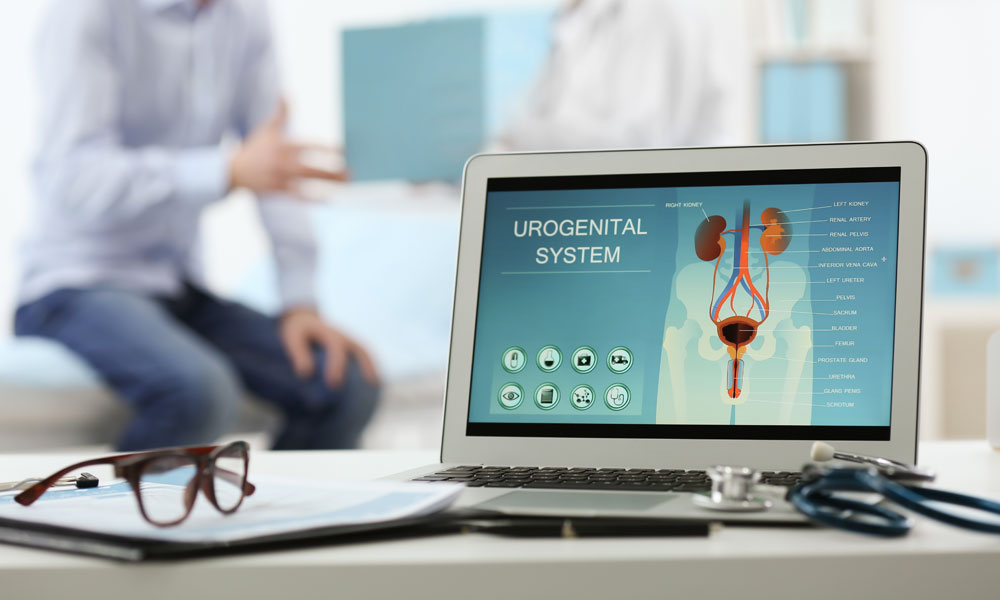Originally published in LabTalk (Volume 3, Issue 2, 2008), the quarterly newsletter of Aculabs.
Background
Since UTI is very common among the geriatric population and can cause serious complications, urinalysis and urine cultures contribute vital information regarding a patient’s state of health and acts as a guide in the physician’s clinical decision regarding treatment. Evaluation of UTI includes use of leukocyte esterase, erythrocyte, nitrate production, microscopy and culture.
Design
This study performed at ACULABS, East Brunswick, New Jersey, USA compares results of urine cultures to urinalyses of 1,035 residents from Long-Term Care facilities. A Roche Urisys 2400 system was used for detection of positive leukocyte esterase, erythrocyte and nitrate production. Sensitivity, specificity, and likelihood ratio (positive and negative) were calculated. All isolates from positive cultures were considered and antimicrobial susceptibility testing was performed by broth microdilution method MIC MicroScan WalkAway 96. Urine culture was used as the reference standard to diagnose UTI. The threshold used for defining significant bacteriuria was >50,000 CFU/ml, and no growth or <10,000 CFU/ml are considered negative bacteriuria.
Results
527 (50.9%) had no growth or <10,000 CFU/ml and considered negative; 470 (45.4%) of the urine culture isolates were positive; 38 (3.7%) cultures had more than 3 organisms which, in this laboratory, indicates contamination. The highest sensitivity was 88.9% for “either leukocyte or nitrate positive” comination, 40% sensitivity had nitrate and 86% sensitivity had leukocyte esterase. The specificity was 97.7% for nitrate and the remainder had a specificity of <66%. Nitrate was the only test with a positive likelihood ratio >10 and none of the markers had a negative likelihood ratio of <0.1.
Conclusion
UTI is very common in the elderly; more than 45% of the specimens collected resulted in positive urine cultures. In the current study, nitrate is helpful to rule in UTI, and none of the tests could rule out UTI, although “either leukocyte or nitrate” combinations are useful but do not provide convincing diagnostic evidence that with a negative test result UTI is absent (ruled out). Physicians should be aware of the limitation of urinalysis and caution would be urged in using that test alone to screen for UTI.
– Dr. Rita Khoury
[hr]
Have a topic you’d want our Lab Director to cover in future posts? Send suggestions to info@aculabs.com!


Leave A Comment
You must be logged in to post a comment.